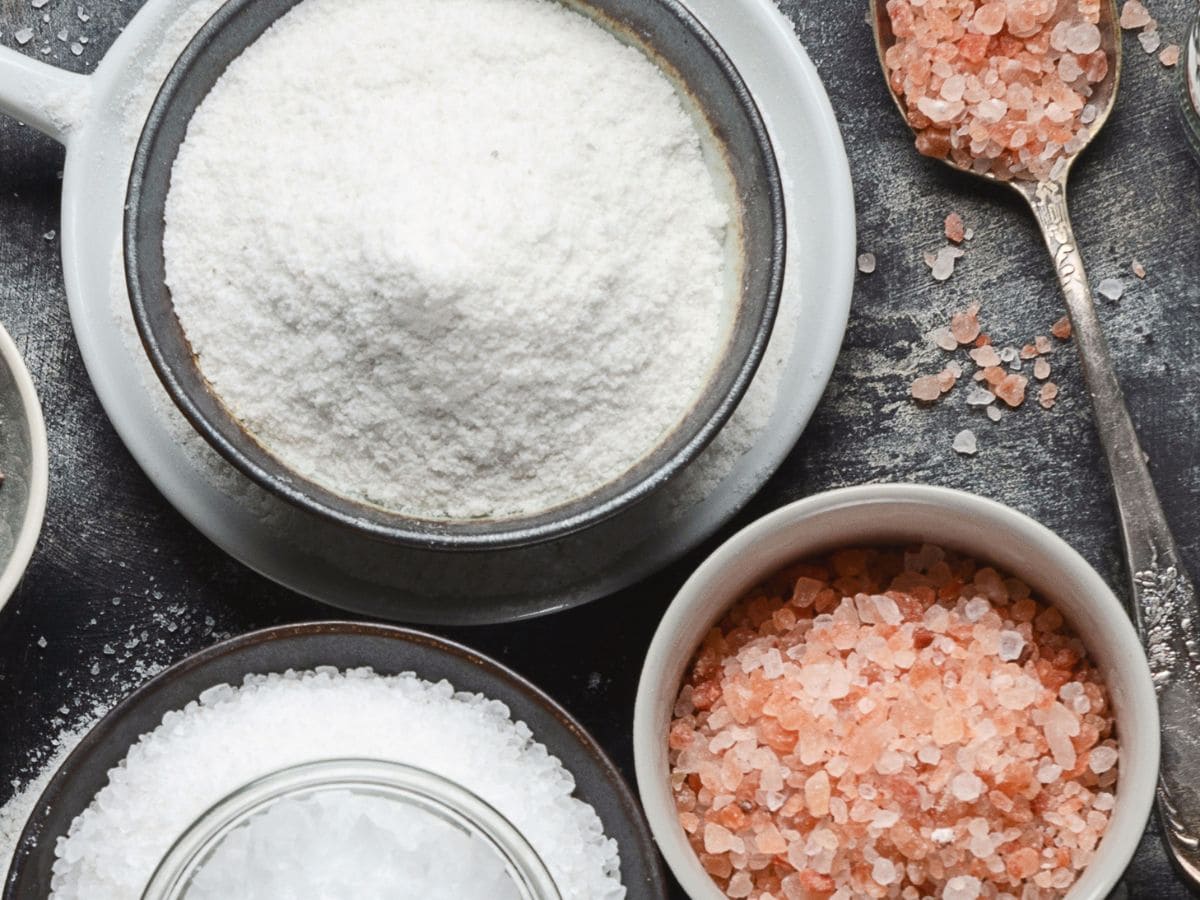
You ran out in the middle of the recipe. You simply hate the flavour. You're allergic. Whatever the reason is that you're looking for an alternative, I have substitutes for kosher salt for you.
Jump to:
Kosher salt is a well-known seasoning used to enhance the flavor of dishes. But what happens when you're in a pinch and run out of kosher salt or want a unique twist on your dish?
Whether you're looking for something new or don't have access to any, I've got you covered. The list below offers great substitutes for kosher salt that will give your meal a similar, delicious flavor without the need to go shopping.
Scroll down to see the full list of substitutes for kosher salt.
Top picks
If you're in a rush, I get it. Below is my favourite kosher salt replacement that you can find at your local grocery store.
Want to know more? Keep scrolling for all the details on how to use this option and so much more.
 Buy Now →
Buy Now → 1. Himalayan salt
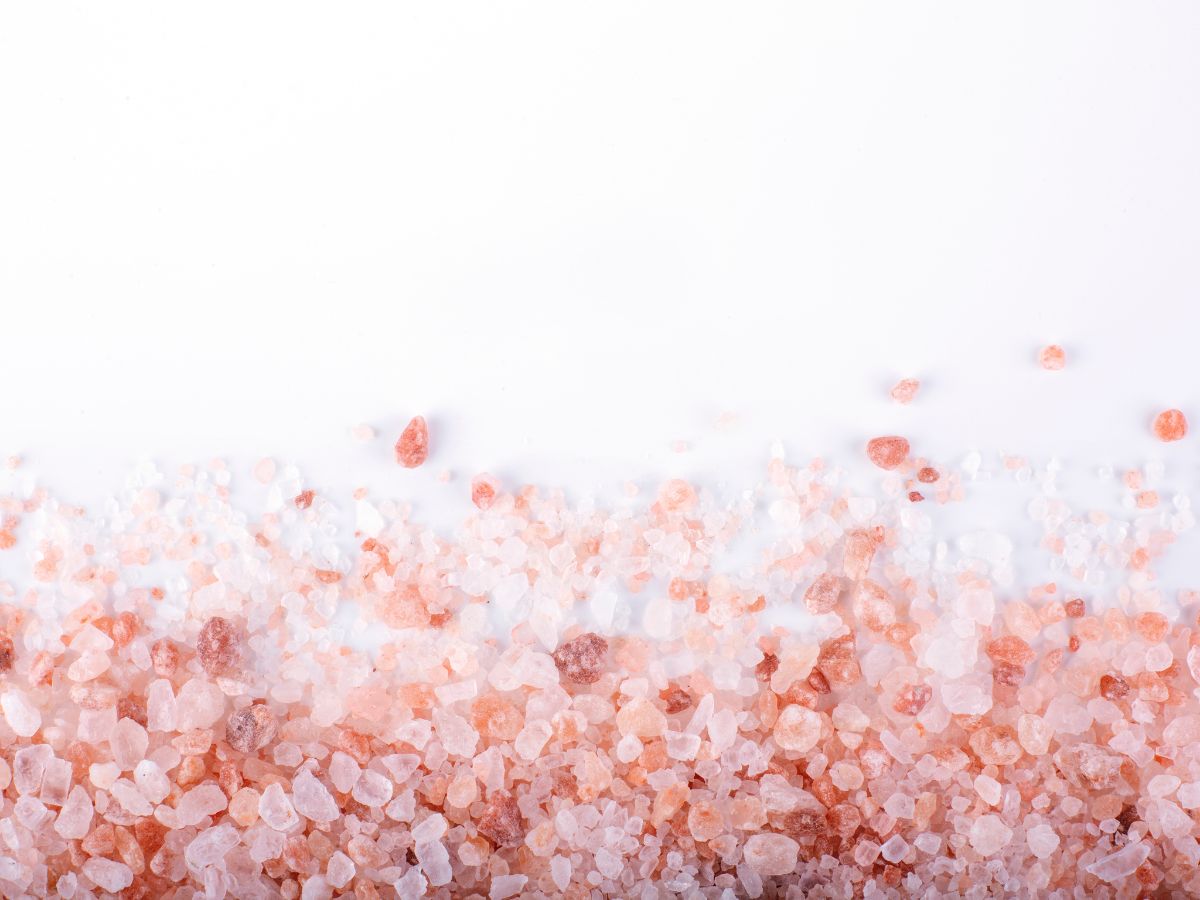
Himalayan salt can be used in place of kosher salt in a 1:1 ratio. Although, you may want to use slightly less due to its stronger taste. For every 1 teaspoon of kosher salt, start with ½ teaspoon of Himalayan salt, and work your way up.
Pros:
- You can replace kosher salt with Himalayan salt. However, you may need to adjust the amount and consider the potential impact on flavor and texture.
Things to consider:
- Himalayan pink salt is a type of salt that is mined from the Himalayan Mountains. It has a more complex, slightly sweet flavor with hints of minerals and a subtle brininess. Using Himalayan salt in place of kosher salt may result in a dish that's a little saltier and has a more pronounced flavor.
- Himalayan salt is known for its distinctive pink color, which is caused by trace minerals present in the salt. Think about how this visual element will impact the finished look of your dish.
- It may be more expensive and harder to find in some areas.
Caitey Jay's top pick:
 Buy Now →
Buy Now → 2. Course sea salt
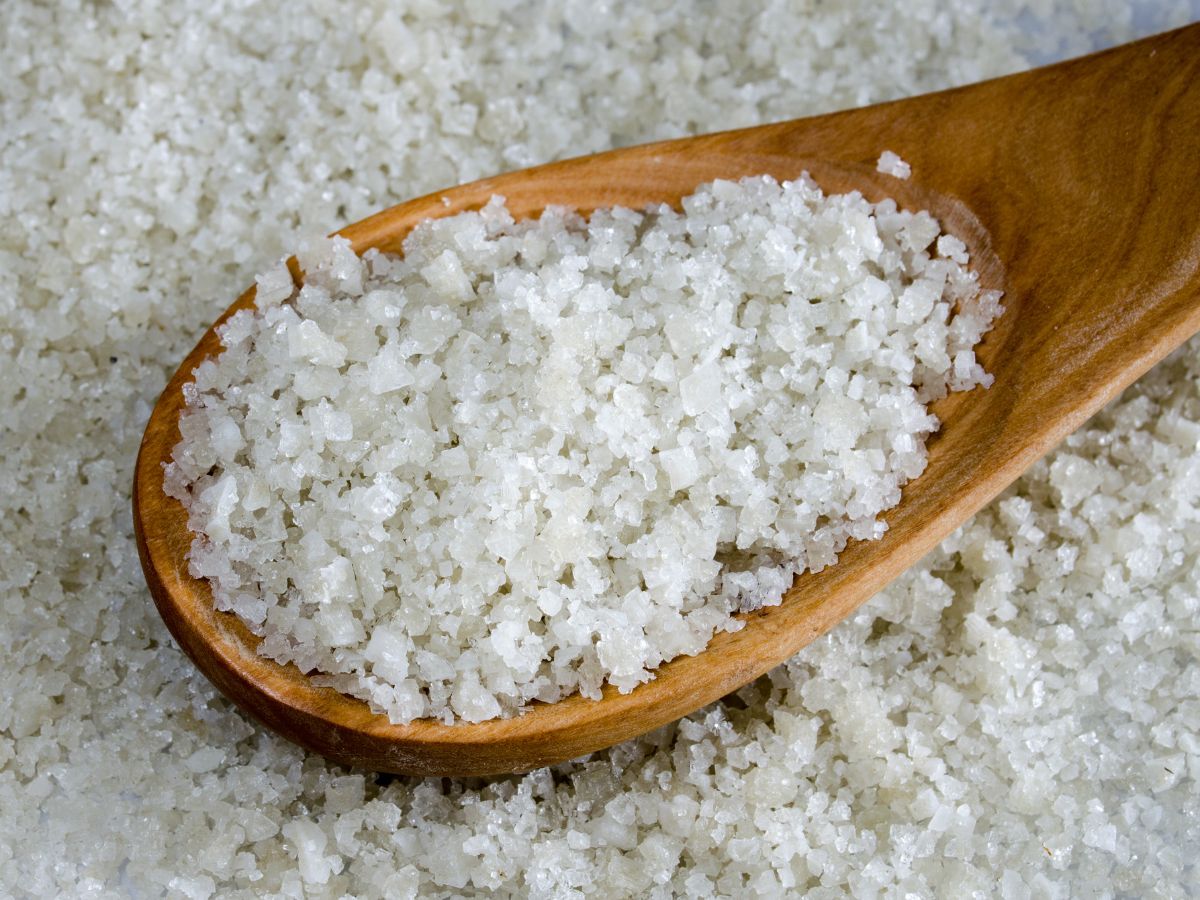
Course sea salt can be used in place of kosher salt in a 1:1 ratio. Although, you may want to use slightly less due to its stronger taste. For every 1 teaspoon of kosher salt, start with ½ teaspoon of course sea salt, and work your way up.
Pros:
- You can replace kosher salt with course sea salt. However, you may need to adjust the amount and consider the potential impact on flavor and texture.
- Course sea salt is generally less expensive than kosher salt, although the price can vary depending on the specific type and location of the sea salt.
Things to consider:
- The flavour profile of course sea salt is saltier, with more brininess, than kosher salt.
- Both salts are course, with crunchy crystals. Although, course sea salt is slightly coarser, which can impact the final texture of the dish.
- The larger grain size of course seal salt may make it more difficult to measure accurately.
Caitey Jay's top pick:
 Buy Now →
Buy Now → 3. Fleur de sel
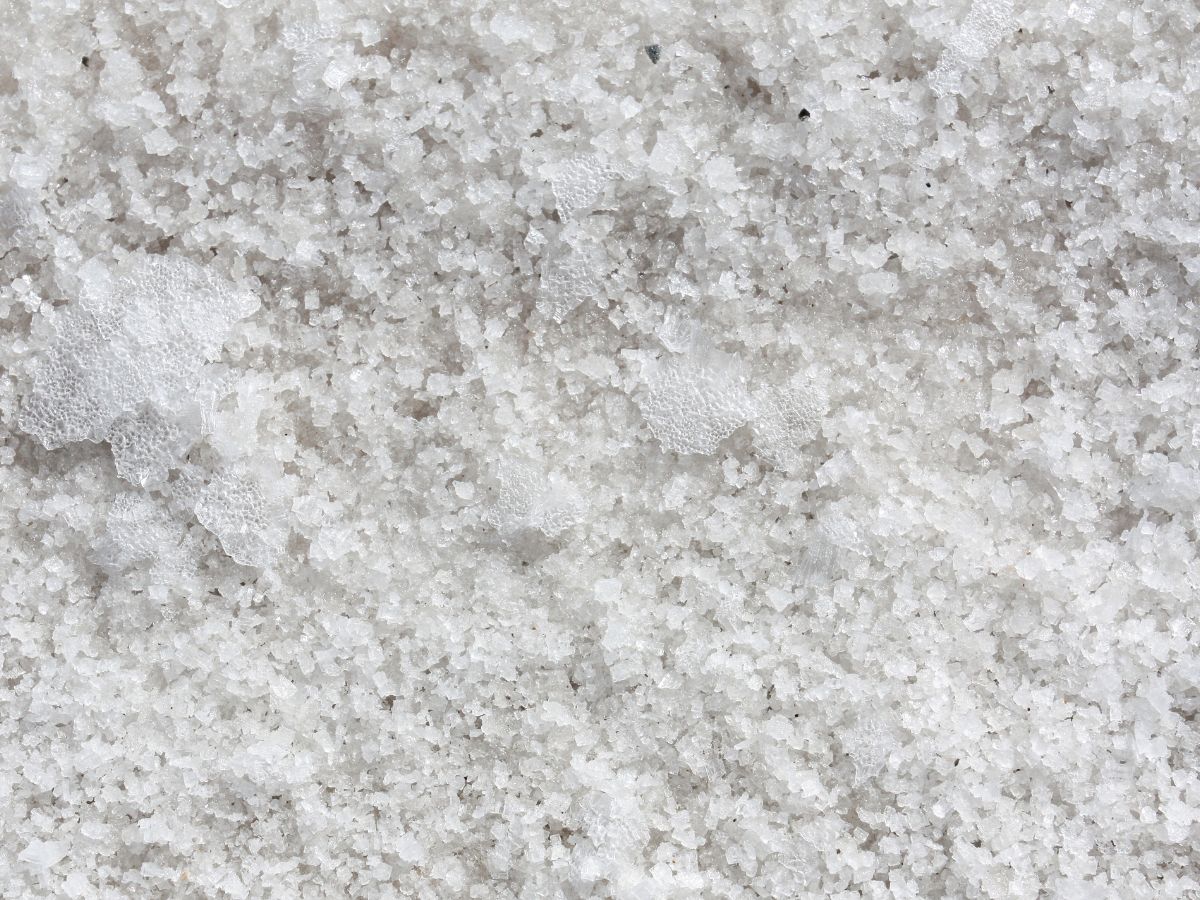
Fleur de sel can be used in place of kosher salt in a 1:1 ratio. Although, you may want to use slightly less due to its stronger taste. For every 1 teaspoon of kosher salt, start with ½ teaspoon of fleur de sel, and work your way up.
Pros:
- You can replace kosher salt with fleur de sel. However, you may need to adjust the amount and consider the potential impact on flavor and texture.
Things to consider:
- Fleur de sel is a type of sea salt that is harvested by hand from the surface of salt pans. It has a delicate, flaky texture that differs from kosher salt.
- Using fleur de sel in place of kosher salt may result in a dish with a saltier and more pronounced flavor.
- Fleur de sel is typically more expensive than kosher salt due to its more labor-intensive production process and limited availability.
Caitey Jay's top pick:
 Buy Now →
Buy Now → 4. Maldon sea salt
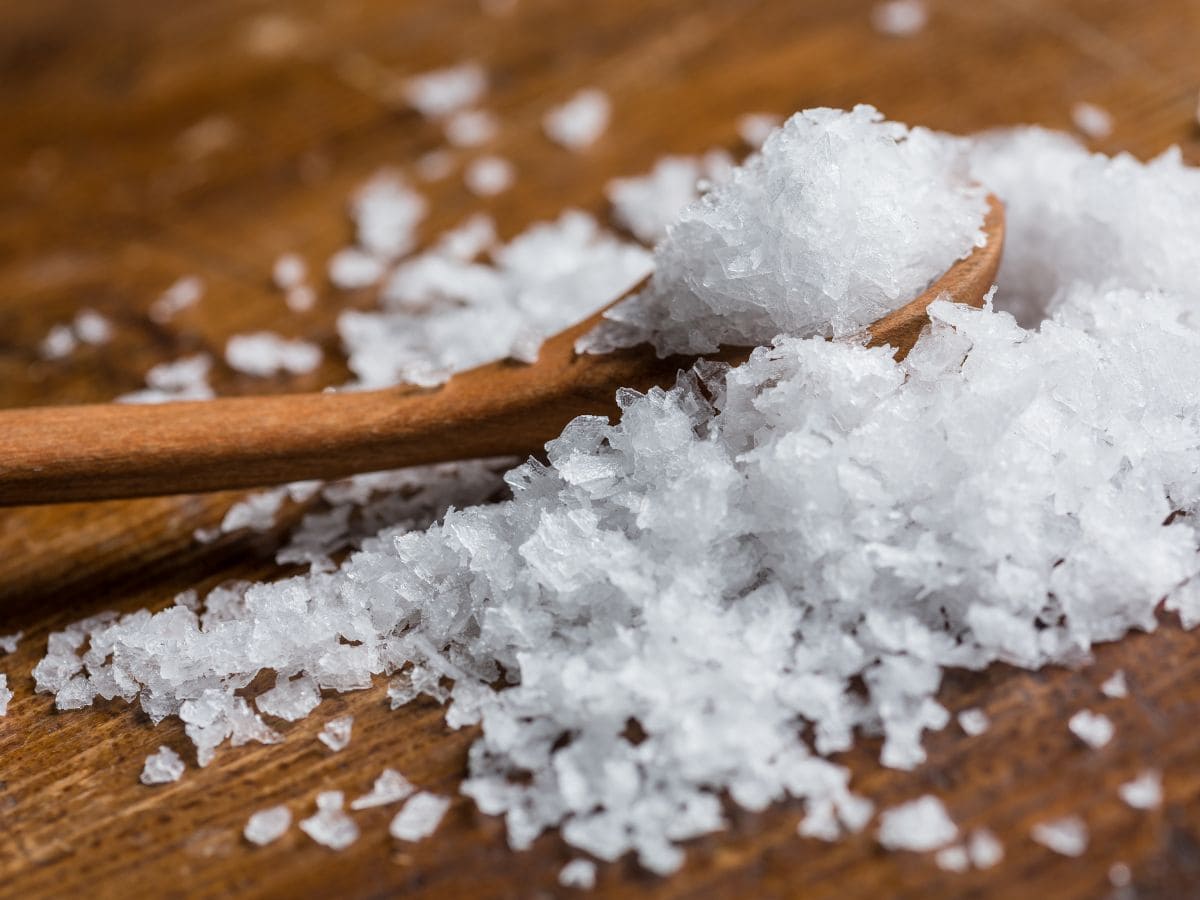
Maldon sea salt can be used in place of kosher salt in a 1:1 ratio. Although, you may want to use slightly less due to its stronger taste. For every 1 teaspoon of kosher salt, start with ½ teaspoon of Maldon sea salt, and work your way up.
Pros:
- You can replace kosher salt with Maldon sea salt. However, you may need to adjust the amount and consider the potential impact on flavor and texture.
Things to consider:
- Using Maldon sea salt in place of kosher salt may result in a dish that is slightly saltier and has a more impactful flavor.
- Maldon sea salt has a distinctive, pyramid-shaped flake that is soft and delicate, while kosher salt has larger, more irregular flakes that are crunchy. Using Maldon sea salt in place of kosher salt may result in a dish with a slightly different texture.
- Maldon sea salt is typically more expensive than kosher salt due to its method of production and limited availability.
Caitey Jay's top pick:
 Buy Now →
Buy Now → 5. Table salt

Table salt can be used as a substitute for kosher salt in a 3:1 ratio. For every 1 teaspoon of kosher salt, replace with ⅓ teaspoon of table salt. You can slowly add more if it's not salty enough.
Pros:
- It is generally safe to replace kosher salt with table salt, but you will need to adjust the amount and consider the potential impact on flavor.
- Table salt is usually more readily available and less expensive than kosher salt, making it a convenient option.
- Table salt is often fortified with iodine, a nutrient that is important for thyroid function, which can be beneficial.
Things to consider:
- Table salt has a more metallic, bitter taste than kosher salt. Using table salt in place of kosher salt may result in a recipe with a slightly different flavor.
- It has smaller, more uniform grains than kosher salt. Because it's more densely packed, you'll need to use less of it in your recipe.
- Table salt is finer and smoother than kosher salt, which gives it a more powdery texture, that differs from kosher salts crunchy, brittle texture.
- It doesn't salt food as well as kosher salt.
Caitey Jay's top pick:
 Buy Now →
Buy Now → Summary
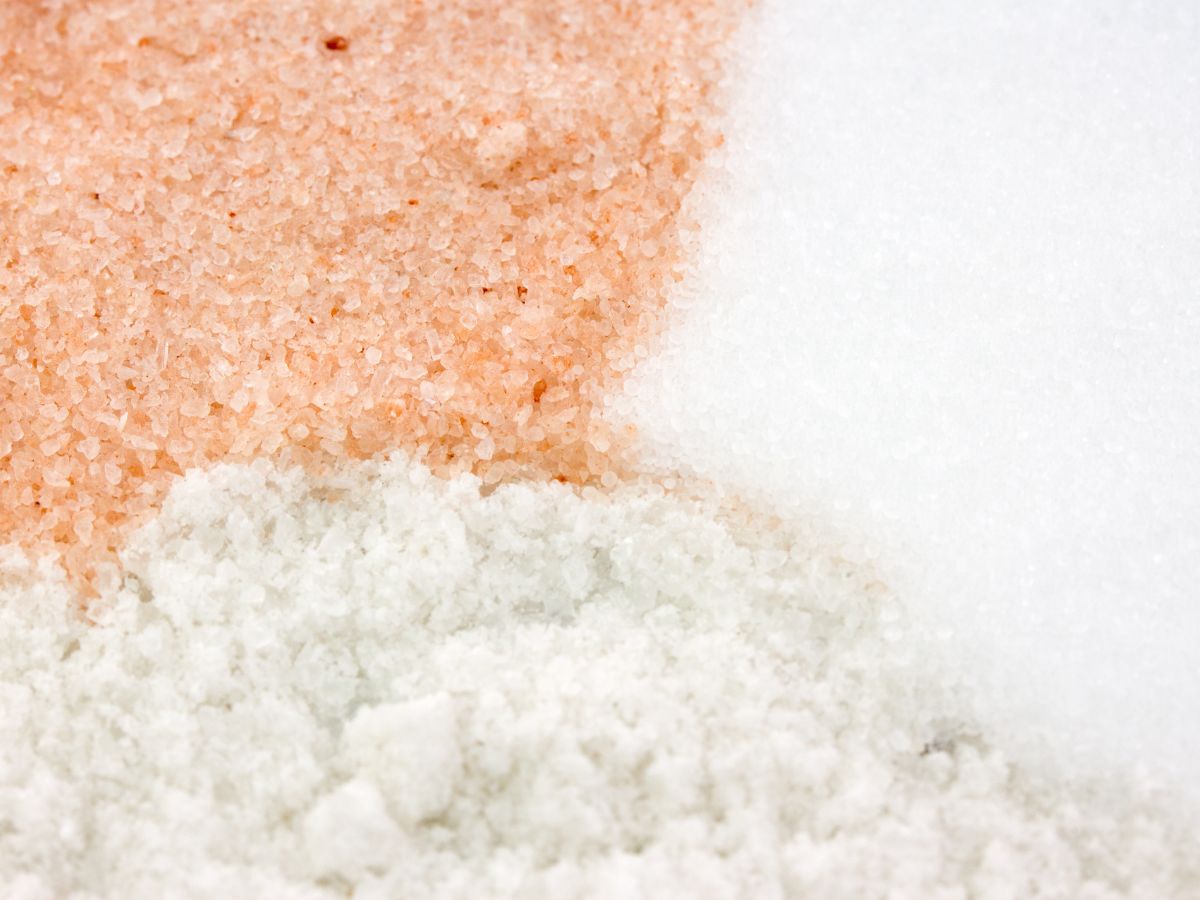
Kosher salt has a less complex flavor and is generally less salty than other types of salt. So, while most salts can be used a replacement, you'll want to play around with the amounts to ensure the dish doesn't get to salty.
Ultimately, the best substitute for kosher salt will depend on your personal preference. And, experimenting with different types of salt is the best way to find out. But, if you want my opinion, the best kosher salt substitute is course sea salt, and the worst kosher salt alternative is table salt.
What is kosher salt?
- A type of coarse, flaky mined salt that has been heavily processed to remove impurities.
- It is typically free of additives and has a more neutral, less complex flavor than other kinds of salt.
- It has large, irregular flakes that make it easy to sprinkle during the cooking process.
- It's widely available in grocery stores and is usually less expensive than other types of salt.
- To maximize its shelf life, you should keep your salt in a container that is air tight and moisture proof. Be sure to keep it stored away from high temperatures and direct sunlight, as this will affect its taste negatively over time.
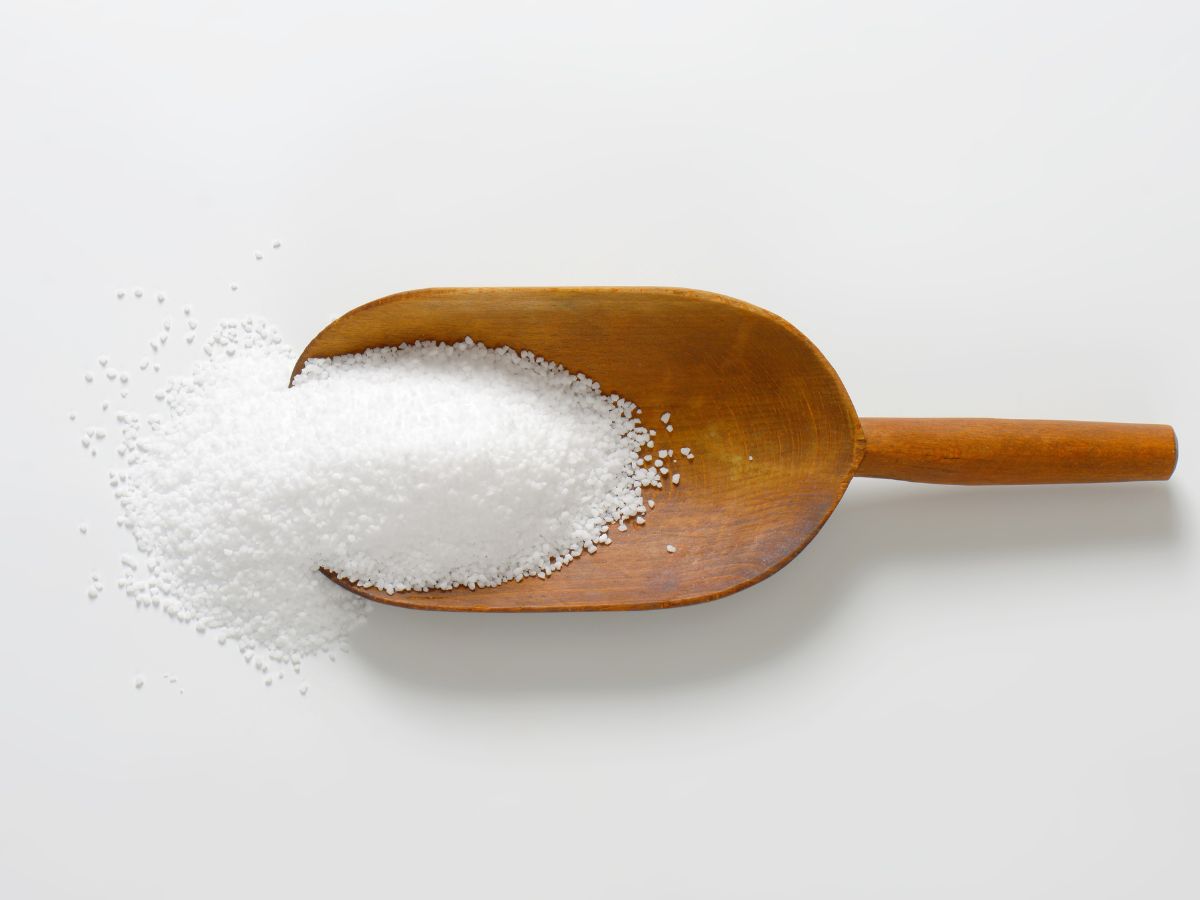
How to use kosher salt
To make you the master of your own kitchen, I want to share a few ideas on how you can start using kosher salt.
- Seasoning: It's used to season meals during the cooking process.
- Brining: It's dissolved in a water to create a solution that tenderizes meat.
- Finishing: It's sprinkled on top of dishes just before they're served to add a pop of flavour.
- Pickling: It's combined with vinegar and spices to create a brine that's used to preserve vegetables.
Is kosher salt healthy?
As with any type of salt, it is important to use it in moderation as part of a healthy diet. Consuming too much sodium can increase your risk of high blood pressure, which can lead to other health problems such as heart disease and stroke.
Overall, kosher salt is not inherently unhealthy, but it is important to watch your overall intake and consume it as part of a healthy, balanced diet.
Similar articles
Have you tried any of these subs for kosher salt? Do you have any of your own? Please take a minute to leave a comment below with your suggestions.
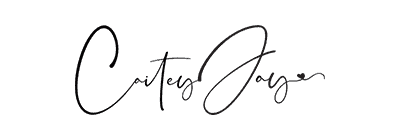


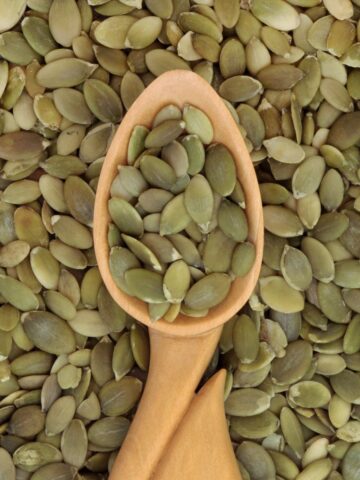
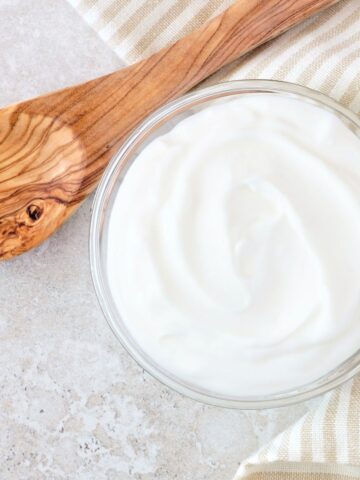
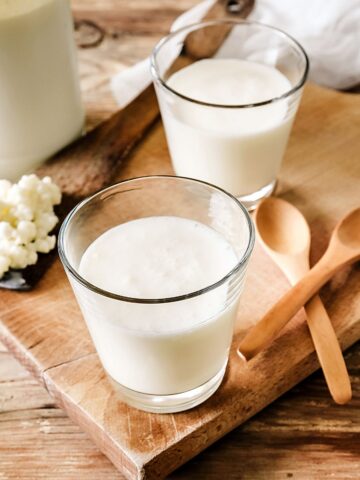
Leave a comment!